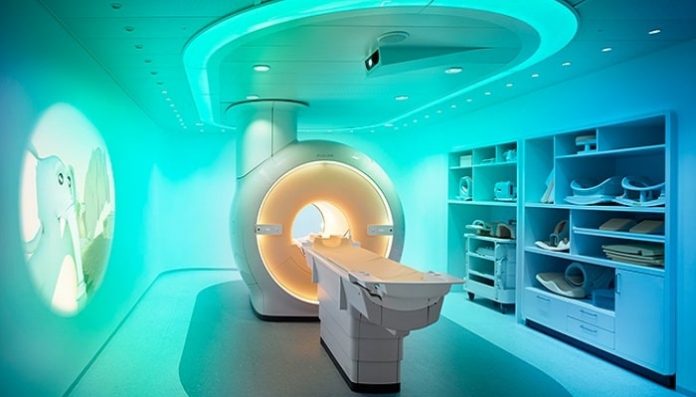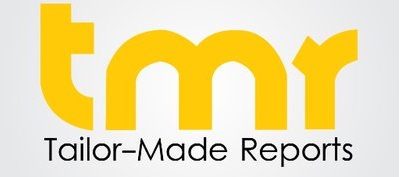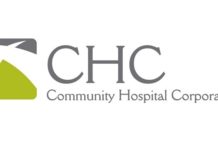Advancements in technology pertaining to magnetic resonance imaging (MRI) have enabled capturing of high-quality images of ligaments, soft tissues, and other body organs. Moreover, technological advancements have widened the scope of applications.
Companies are focusing towards research and development of advanced open systems, which have minimum chances of suffocation and higher acceptance among claustrophobic people. Hence, such improvements in the technology are working in favor of the global MRI market. The rising geriatric population is also stimulating the adoption of MRI.
The demand for MRI is strong for scanning brain and neurological systems due to the lack of effective and accurate alternation. However, in several other applications such as cardiac and breast imaging, alternatives such as ultrasound techniques and x-ray are considered to be first-line imaging tools. In terms of field strength, mid field strength devices are likely to have high demand throughout the forecast period, owing to affordable price and acceptable speed and resolution.
Request a sample copy of the Report
While developed regions will be at the forefront of growth due to the high acceptance of technologically advanced products, developing regions will emerge to be the new destinations for key players in the global MRI market. The phenomenal growth of these regions can be attributed to the improving healthcare infrastructure and rising disposable income. The global MRI market is expected to be dominated by international players due to their strong foothold and brand name across all major geographies. A large number of players will be focusing towards product innovations to stay relevant in the market
Advances in Global Magnetic Resonance Imaging Market: Introduction
Magnetic resonance imaging (MRI) uses magnetism, radio waves, and a computer device to develop images of internal body organs and structures. MRI scans offers wide-ranging variety of applications in disease diagnosis. These consists of neuroscans, cardiac, liver scans and others. Closed MR imaging systems has the highest share in the MRI market because of high clinical value offered by the systems. MR imaging is one of the most preferred diagnostic imaging method used for the central nervous system in particular imaging blood vessels, detecting brain tumors, stroke affected areas of brain and spine lesions.
The research report offers a highly detailed and diversified description of the global MRI market and the advancements that have been made in it recently. It encapsulates the priority of each key advancement and pegs it against the global healthcare industry and the advantages that it can gain through them. The report breaks down the competitive landscape of the global MRI market as well, using proven industry analytical tools including Porter’s Five Force analysis and a SWOT analysis, to help each user formulate successful investment and expansion strategies within the market.
Click here to request TOC of the report
Advances in Global Magnetic Resonance Imaging Market: Top Drivers and Trends
The key driver for the global MRI market currently is the increase in healthcare expenditure that is being funneled into research and development activities. Additionally, physicians are shown to hold a greater favoring towards modern MRI systems over traditional medical imaging modalities, further improving the chances of research and development activities in the global MRI market. Private hospitals are expected to lead the demand for MRI devices, and the adoption rate of MRIs is likely to grow because of the growing occurrences of cardiac diseases, neurological, and oncological cases.
The challenge faced by the global MRI market is the probable rise in the prices of hospital-grade helium. Liquid helium is used for lowering the temperature of superconducting magnets in MR imaging systems. Severe shortage of liquid helium is expected to limit the market growth as it will affect the rate of production for OEMs in it.
MRI technology has attained a push towards greater evolution rates because of a deep interest shown by manufacturers and technology developers. These developers and manufacturers wish to make it more patient-friendly in light of the improving standards of patient satisfaction and positive recordkeeping. North America has the leading share in the global MRI market, followed by Europe. Both regions owe their advantage in the global MRI market to a faster rate of technological developments aimed at enhancing diagnostics for the swiftly growing aging population. Asia Pacific, on the other hand, is expected to grow at a leading CAGR over next few years, owing to increasing demand.
Click here to read Comprehensive Overview of Report
Advances in Global Magnetic Resonance Imaging Market: Segmentations
The global MRI market is segmented on the basis of architecture, technology, field strength, and applications. The architecture of MRI machines include closed and open systems. Technologies can be segmented into MR, algorithm MR, venogram Functional MRIMR, Spectroscopy, and fusion MR. Field strength segmentations include low, mid, and high field strength systems. Applications include neurological disorder, interventional MRI systems, whole body MRI systems, MRI for brain, breast MRI systems, cardiac MRI systems, and MRI systems for minotiry applications such as those meant for chest, neck, and upper and lower extremities.
Advances in Global Magnetic Resonance Imaging Market: Companies Mentioned in the Report
Key players in the global MRI market so far, have included Agilent Technologies Inc., Advanced Imaging Research Inc., Bayer Healthcare Pharmaceuticals, Bruker Biospin GmbH, EsaoteS.p.A, and Hitachi Medical Corporation.
























